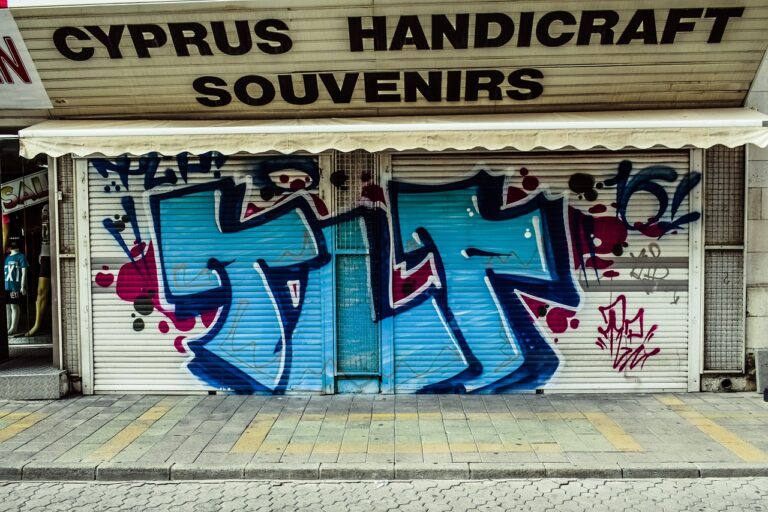The Impact of Digital Art on Traditional Collectibles
all pannel.com, play99, golds 365: Digital art has taken the world by storm in recent years, revolutionizing the way we create and consume art. With the rise of digital platforms and tools, artists can now explore new techniques and styles that were previously impossible with traditional methods. This shift towards digital art has inevitably had an impact on the world of traditional collectibles, changing the way we value and interact with physical art pieces.
Digital art vs. Traditional art
The first impact of digital art on traditional collectibles is the shift in the way we perceive art. Digital art offers a new level of accessibility and affordability, allowing more people to engage with the art world. This has led to a democratization of art, with digital pieces being shared and enjoyed by a global audience in a way that traditional art never could.
However, traditional collectibles still hold a special place in the hearts of many art enthusiasts. The physicality of a traditional art piece, the texture of the canvas, and the brush strokes of the artist all contribute to its value and appeal. While digital art offers convenience and flexibility, traditional collectibles continue to hold a certain charm and prestige that cannot be replicated in the digital world.
The Impact of Digital Art on the Art Market
The rise of digital art has also had significant implications for the art market. Traditional collectibles have long been seen as valuable investments, with art collectors and investors willing to pay top dollar for rare and iconic pieces. However, the digital art market has introduced new challenges and opportunities for collectors.
Digital art is easily replicable and shareable, making it difficult to assign a fixed value to a digital piece. This has led to the rise of blockchain technology and non-fungible tokens (NFTs) as a way to authenticate and monetize digital art. While NFTs have enabled digital artists to monetize their work in new ways, they have also raised questions about the true value of art and the role of authenticity in the art market.
The Future of Art Collecting
As digital art continues to evolve and grow in popularity, traditional collectibles will need to adapt to stay relevant in the changing art landscape. Collectors and art institutions will need to embrace new technologies and platforms to reach a wider audience and engage with the digital art community.
FAQs
Q: Can digital art ever replace traditional collectibles?
A: While digital art offers new possibilities and accessibility, traditional collectibles will always hold a special place in the art world due to their physicality and historical significance.
Q: Are NFTs a sustainable way to monetize digital art?
A: NFTs have the potential to revolutionize the art market, but their long-term sustainability remains to be seen. As the technology evolves, we may see new ways to authenticate and value digital art in the future.
In conclusion, the impact of digital art on traditional collectibles is undeniable. While digital art offers new opportunities and challenges for art collectors, traditional collectibles will continue to hold a timeless appeal and value in the art world. As technology continues to shape the way we create and consume art, it is essential for collectors to embrace the changing landscape and appreciate the unique qualities of both digital and traditional art forms.







